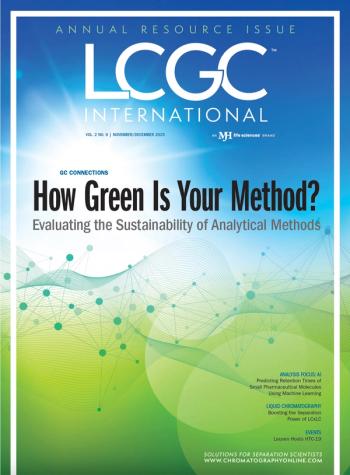
Analysis of Genotoxic Impurities
Researchers from the Research Institute for Chromatography (Kortrijk, Belgium) and AstraZeneca R&D Charnwood (Loughborough, UK) used in-situ derivatization and liquid chromatography?mass spectrometry (LC?MS) to analyze arylamines and aminopyridines, which can be present as potentially genotoxic impurities in pharmaceutical preparations at trace levels.
Researchers from the Research Institute for Chromatography (Kortrijk, Belgium) and AstraZeneca R&D Charnwood (Loughborough, UK) used in-situ derivatization and liquid chromatography–mass spectrometry (LC–MS) to analyze arylamines and aminopyridines, which can be present as potentially genotoxic impurities in pharmaceutical preparations at trace levels. The method included a derivatization procedure using hexylchloroformate followed by reversed-phase LC with single-quadrupole MS in the selected ion monitoring mode. They found that the derivatized compounds exhibited better chromatographic behavior.
Newsletter
Join the global community of analytical scientists who trust LCGC for insights on the latest techniques, trends, and expert solutions in chromatography.



